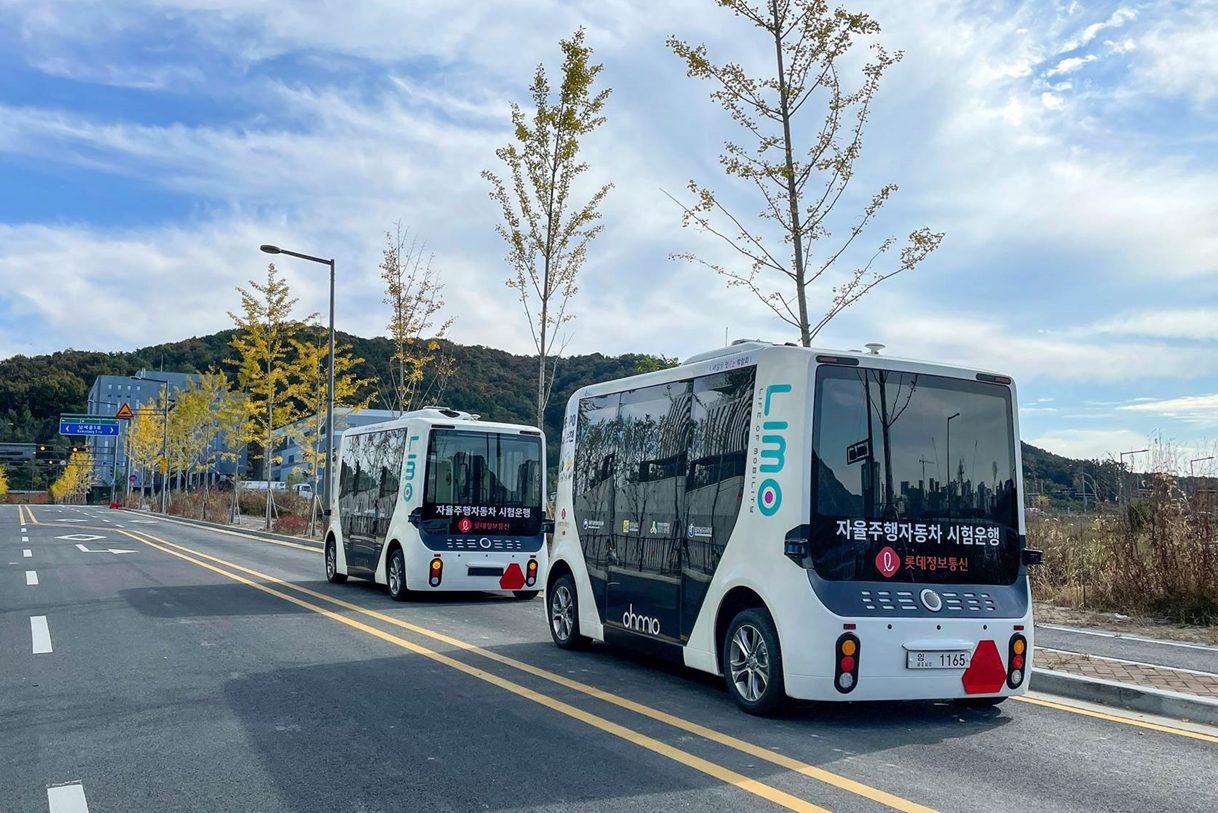The commercial operation of shared autonomous vehicles will significantly change the global mobility market in the coming years. Such a market revolution offers opportunities not only for traditional industry leaders, but also for new market players such as technology companies, mobility service providers and start-ups.
ATZ article: From Test Sites to Public Roads – A Look at the Global Status of Shared Autonomous Vehicles
A recent article published in ATZ („Automobiltechnische Zeitschrift“) and ATZ worldwide, written by the “PwC Lab for Smart Mobility” at the Institute for Mobility at the University of St. Gallen (IMO-HSG) and PwC Germany, sheds light on the current global situation, identifies promising players and outlines possible market ramp-up scenarios.
Some of the article’s key conclusions:
- Autonomous driving technology is making significant progress, but no clear industry leader has yet emerged. Regionally, the US and China lead the global market for near-commercial robotaxi vendors, while Europe could soon follow.
- By 2035, about 1.7 million SAVs will be sold annually in a moderate scenario and about 3.0 million SAVs annually in an optimistic scenario. By 2040, this volume will increase to up to 2.8 million units per year (moderate scenario) and 5.0 million units per year (optimistic scenario).
- The market ramp-up is expected to take place first in China, followed by the US and Europe with comparatively slightly lower volumes.
- The current state of SAVs is promising, and it should be noted that well-known large companies are significantly advancing AV technologies and thus have the potential to become industry leaders in the future (e.g., Waymo, Cruise, or Mobileye)
Many thanks to PwC Germany for the support on this article as part of the PwC Lab for Smart Mobility.
For more insights, read the full article by Marvin Greifenstein, Hartmut Güthner, Felix Kuhnert and Andreas Herrmann in English here:
Kontakt
Marvin Greifenstein, marvin.greifenstein@unisg.ch
The commercial operation of shared autonomous vehicles will significantly change the global mobility market in the coming years. Such a market revolution offers opportunities not only for traditional industry leaders, but also for new market players such as technology companies, mobility service providers and start-ups.
ATZ article: From Test Sites to Public Roads – A Look at the Global Status of Shared Autonomous Vehicles
A recent article published in ATZ („Automobiltechnische Zeitschrift“) and ATZ worldwide, written by the “PwC Lab for Smart Mobility” at the Institute for Mobility at the University of St. Gallen (IMO-HSG) and PwC Germany, sheds light on the current global situation, identifies promising players and outlines possible market ramp-up scenarios.
Some of the article’s key conclusions:
- Autonomous driving technology is making significant progress, but no clear industry leader has yet emerged. Regionally, the US and China lead the global market for near-commercial robotaxi vendors, while Europe could soon follow.
- By 2035, about 1.7 million SAVs will be sold annually in a moderate scenario and about 3.0 million SAVs annually in an optimistic scenario. By 2040, this volume will increase to up to 2.8 million units per year (moderate scenario) and 5.0 million units per year (optimistic scenario).
- The market ramp-up is expected to take place first in China, followed by the US and Europe with comparatively slightly lower volumes.
- The current state of SAVs is promising, and it should be noted that well-known large companies are significantly advancing AV technologies and thus have the potential to become industry leaders in the future (e.g., Waymo, Cruise, or Mobileye)
Many thanks to PwC Germany for the support on this article as part of the PwC Lab for Smart Mobility.
For more insights, read the full article by Marvin Greifenstein, Hartmut Güthner, Felix Kuhnert and Andreas Herrmann in English here:
Kontakt
Marvin Greifenstein, marvin.greifenstein@unisg.ch

